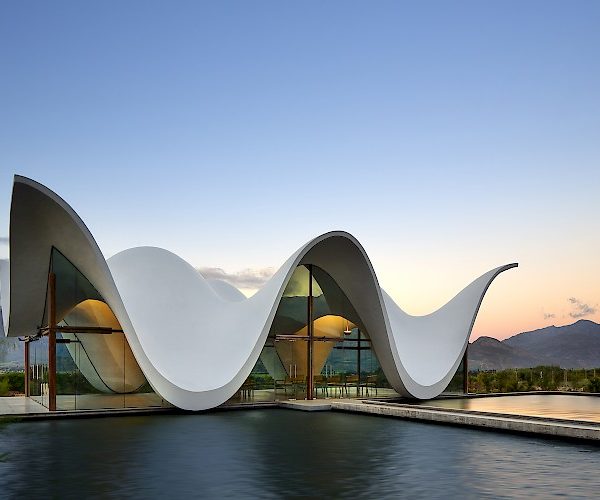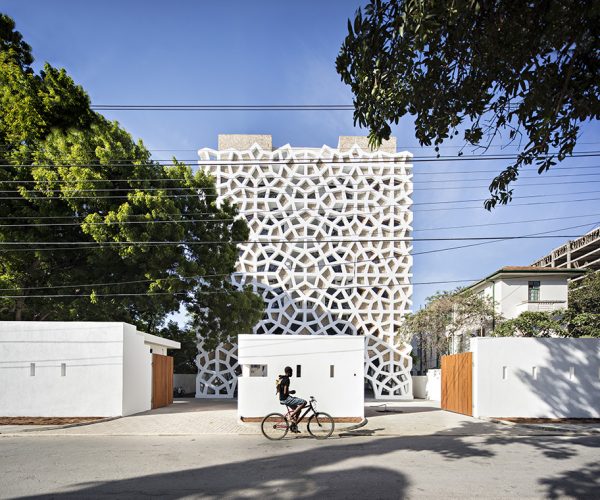
africa, not so wild after all
What comes to your mind when you think of African architecture? It’s likely pyramids, ancient temples, tribal clay houses or perhaps big modern hotels towering over popular seaside resorts? This is the image of Africa that the tourist lobby wants us to have, but as far as architecture is concerned – including contemporary architecture – the second-largest continent on Earth has much more to offer than we think.
Admittedly, when compared to other continents, the scale of modern infrastructure in Africa remains incomparably smaller. Perhaps that is why such objects are so prized, a bit like diamonds in the rough stone mass. To fully grasp the state of modern architecture in Africa, one must first refer to the living conditions on this large patch of the planet. Economic stratification, extremely challenging climate and invariably turbulent political landscape – with a cocktail like this, it is an uphill battle to surround oneself with outstanding architecture.
Fortunately, difficult doesn’t mean impossible! The undeniable landmark of contemporary architecture on the African continent is Bosjes Chapel in South Africa, drawing inspiration from nature and biomorphism characteristic to the region where it stands. Many of the latest projects, such as Share House in Rwanda or Thread Building in Senegal, rely on the use of natural materials such as wood and brick – these are kilned from clay that is easily sourced in those areas. This is not only a nod to the past, but is also motivated by practical reasons. A building material that is not widely available may look impressive, but it will not stand the test of time.
In larger agglomerations architects have at their disposal a much wider array of possibilities. Although they use more modern materials in their designs, the forms of the buildings directly hint at the past and tradition. Examples include the Ethiopian shopping mall Lideta Mercato, whose facades are made to resemble patterns from local fabrics, or the headquarters of the Central Bank of West African States in the Republic of Mali, maintained in the neo-Sudanese style inspired by historic mosques.
The unique product of progress and tradition – this is probably the best way to describe contemporary African architecture. What is somewhat saddening, however, is that the most interesting projects are still the domain of international rather than local studios. Africa has certainly yet to say the last word when it comes to architecture. Let us recall that the new capital city of Egypt is being built at a whopping pace and in a truly modern style as well. Will the investment of over $58 billion bring with it architectural gems that will delight the world? This remains to be seen in the coming years.
transl. Jakub Majchrzak








